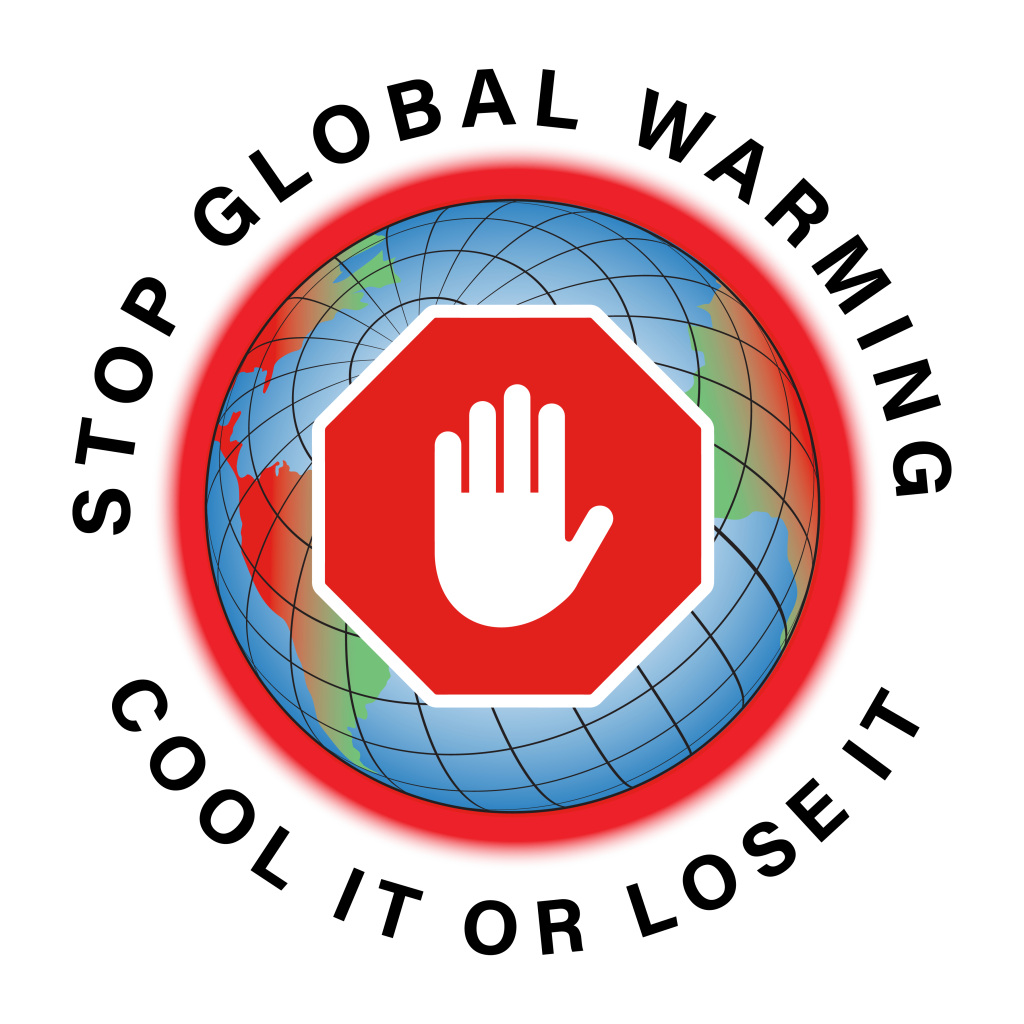Global Warming Q & A
Expanded discussions of the below listed basic questions and answers on global warming and climate change are available elsewhere. See “Environmental Organizations” on this website.
What is the “Greenhouse effect?”
The sun’s light shines onto the Earth’s surface and creates heat. The heat reflects back up into the atmosphere and is trapped by certain gases that have built up in the atmosphere. The gases act like the insulating glass walls of a greenhouse.
What are “Greenhouse gases?”
Gases in the atmosphere that reflect heat. Natural greenhouse gases include carbon dioxide, methane, nitrous oxide, and water vapor among others.
How much has the world warmed?
Since the beginning of the Industrial Age, the overall temperature of the Earth has increased by about 1.1 degrees centigrade.
Is the current level of global warming more than before?
Global temperatures have always gone up and down over long periods of time but this is the most ever.
What are the main sources of greenhouse gases?
Burning fossil fuels
Transportation —–27%
Power Generation —–25%
Industry —–24%
Residential energy —–13%
Agriculture —–11%
What is a “Carbon Footprint?”
An activity’s carbon footprint is the total amount of carbon-based greenhouse gases (carbon dioxide, methane, etc.) that are generated by that action. The average yearly carbon footprint for a person in the United States is 16 tons, one of the highest rates in the world.
What are carbon “credits”?
A carbon credit is a tradable certificate or permit representing the right to emit a set amount of carbon dioxide or the equivalent amount of a different greenhouse gas.
What are carbon “offsets?”
A carbon offset is a reduction or removal in emissions of greenhouse gases in order to compensate for emissions made elsewhere. Offsets are measured in tons of carbon dioxide-equivalent.
Where do carbon tax revenues go?
Revenues go toward investing in climate improvement programs, lowering taxes and general government income.
What is “Carbon Neutrality?”
Compensating for CO2 production by reducing emissions elsewhere, or by removing an equal amount of CO2 from the atmosphere.
What is “Carbon Net Zero?”
An entity reduces its absolute emissions across its whole supply chain, in order to achieve minimal carbon gas production.
What is “Climate Change?”
Climate change refers to long-term shifts in temperatures and weather patterns. These shifts may be natural, such as through variations in the solar cycle. But since the 1800s, human activities have been the main driver of climate change, primarily due to burning fossil fuels like coal, oil and gas.
What has happened to the world since it started warming?
Precipitation and temperature patterns have changed. Increases in ocean temperatures, sea level, and acidity have occured. Melting of glaciers and sea ice. Changes in the frequency, intensity, and duration of extreme weather events.
If global warming continues, will the weather get even worse?
Storms and temperature extremes are predicted to worsen.
If the Earth is warming overall, why is there more extreme cold weather in some areas?
Some recent cold spells have been caused by weather system called the polar vortex. There is growing evidence that the polar vortex is appearing outside the Arctic more frequently, because of changes in the jet stream that are attributed to the warming atmosphere. These changes help frigid air escape from the Arctic and move southward.
What happens when the global temperature increase rises above 1.5 degrees Celcius?
Heat waves will be much worse, we will experience more frequent droughts, and precipitation events will be heavier with bigger storms.
What happens when the global temperature increase rises above 2.0 degrees Celcius?
The world will experience five times the floods, storms, drought and heat waves, 37% of the population will have an additional month of extreme heat.
What happens when the global temperature increase rises above 3.0 degrees Celcius?
Deadly heat waves, massive wildfires, and damaging downpours will come far more often and hit much harder than they do today. The ocean will be hotter and more acidic, causing fish declines and the end of coral reefs. A quarter of the Earth’s species may go extinct .
What else will happen if global warming continues?
Human and animal migrations, disease pattern changes, food shortages, and economic chaos
Will sea level rise cause flooding?
Yes. In low-lying costal areas and islands
Which places in the world will be among the first to be flooded?
Amsterdam, Venice, Bangkok, Basra, Kolkata, Port Said to name a few.
Which places in the U.S. will be among the first to be flooded?
Savannah, New Orleans, Florida (Most coastal areas), Galveston, Ocean City MD, Hilton Head, Hialeah, San Mateo, Alameda, Charleston, Cambridge, Boston, Honolulu, Huntington Beach, Virginia Beach, New Haven, New York City …
What natural actively reduces greenhouse gases?
Plant photosynthesis.
What is the current temperature goal of the effort to stop global warming?
Less than a 1.5 C increase.
What is the current temperature goal of the effort to stop global warming?
Less than a 1.5 C increase.
What actions are nations taking to stop global warming?
Converting from fossil fuels to clean energy sources, reducing waste, changing agriculture and fishing practices, protecting forests, using electric vehicles, reducing building heating and cooling, consuming less meat and dairy, reducing travel, reducing fashion waste and conservation of resources in general.
Are the world’s nations meeting their agreed upon goals?
Most are not. Norway’s electric grid is near 100% clean.
If the cooling goals are not attained, what will happen?
Weather will get even worse. Fires, floods, storms, drought, famine, population displacement, disease pattern changes, species extinctions, …
How much time do we have to curtail greenhouse gas production?
Some believe the damage is now irreversible. Most believe we must become carbon neutral between 2030 and 2040.
Why do we continue to produce excessive greenhouse gasses?
Primarily because we have become dependent on fossil fuels. The owners of the fossil fuel industry, who control world governments, believe that money is more important than health and life. Societies respond to acute emergencies, but global warming is so gradual that we are affected too slowly to believe that there is a crisis.
How can we get corporations to stop polluting our world?
By showing the economic benefits of a green economy and by boycotting companies that support greenhouse gas production.
How can we reduce our need for greenhouse-gas-producing energy?
In the short term, we must cut back our growth and activity.
How can we, as individuals, help to decrease greenhouse gases?
By changing our behavior to consume and produce less, by decreasing waste, and by choosing green alternatives.
If we are forced to quickly and significantly reduce fossil fuel use, what will that mean for the economy?
The economy and “growth” will slow initially. Lifestyles will change until global warming is controlled.
If the economy slows down to stop global warming, is that a problem?
Yes, but not as big a problem as global warming. Retraining and government support for job losses will be required.
What countries are the worst generators of greenhouse gases?
China and the United States.
Are people too scared by all of this to do anything about it?
Change can be frightening and denial can be soothing.
What will it take to get the world to act more quickly to avoid even more severe climate problems?
Boycotts, strikes, re-education, renunciation of money worship, green incentives, and responding to youth group demands.
If we act quickly and decisively, can global warming be reversed?
Some say it can. Others feel that some damage is not reversible.



